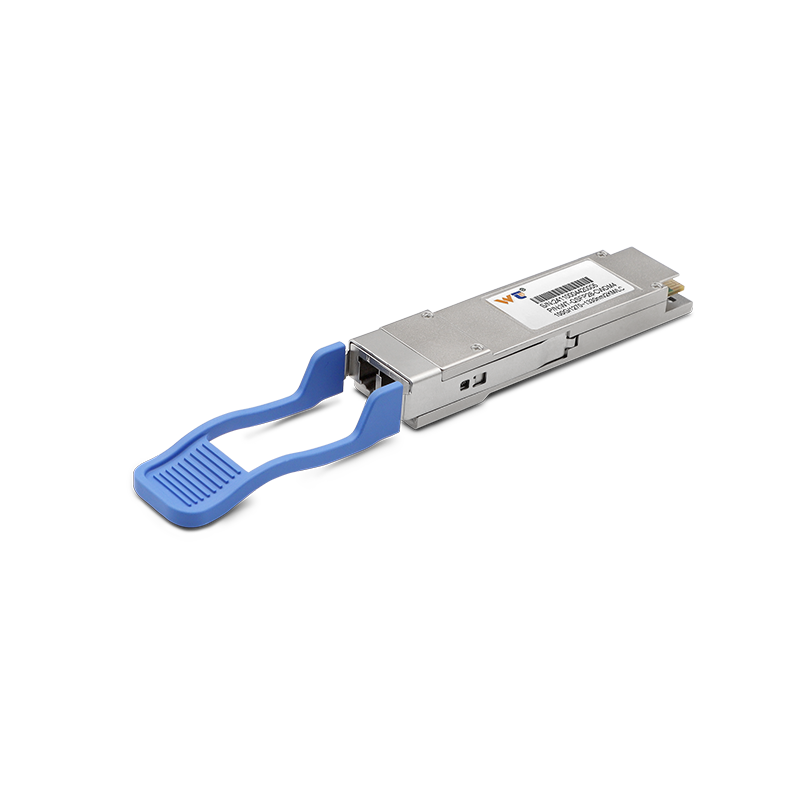The rail transit industry is experiencing rapid evolution, necessitating high-performance data transmission solutions to support increasing sensor networks and meet burgeoning demands. By 2025, we can expect a significant surge in technology integration within rail systems. This will include the utilization of 100G optical modules, which are pivotal in handling high-density sensor data, ensuring efficient communication across various applications.
The optical module market is witnessing transformative growth, driven by the surge in data volume and the demand for higher bandwidth. These modules serve as essential components in facilitating high-speed communication between trains and control systems. The industry trend is leaning towards compact, power-efficient designs while maintaining reliability and performance. As we look further, the market is gearing up for innovations that will not only enhance connectivity but also improve safety measures in rail transit operations.
| Technology | Function |
|---|---|
| 100G Optical Module | Supports high-bandwidth requirements, ideal for large data transfer. |
| Wavelength Division Multiplexing (WDM) | Allows multiple signals over a single fiber, increasing capacity. |
| Digital Signal Processing (DSP) | Enhances signal integrity and reduces errors in transmission. |
Our focus on 100G optical modules reflects a deep understanding of their role in rail transit scenarios. Research indicates that these modules can efficiently handle the influx of data generated by sensors monitoring a range of parameters, including temperature, speed, and structural integrity. In practical applications, 100G modules deploy advanced multiplexing techniques to manage up to 100 gigabits per second, facilitating real-time data transmission. This capability is crucial for decision-making processes, enabling swift responses to potential hazards.
Additionally, we integrate cutting-edge digital signal processing to ensure data fidelity, greatly reducing signal loss even over extended distances. This technology allows for seamless communication between central management systems and field sensors, fostering a holistic view of rail operations. Our modules have been rigorously tested under various scenarios, from field environments to simulated conditions, ensuring their robustness in real-world applications.
The different types of optical modules relevant to this field include single-mode and multi-mode modules, each with unique advantages. Single-mode modules excel in long-distance transmissions, minimizing signal loss over vast distances. In contrast, multi-mode modules are effective within shorter ranges, providing flexibility and cost-effectiveness. For rail transit, the choice between these types hinges on specific operational requirements, such as distance and bandwidth.
By 2025, we can anticipate diverse applications of optical modules in real-world rail transit networks. One example includes integrated systems where data collected from multiple locomotives feeds back to a central processing unit, enabling predictive maintenance models. This type of networking ensures trains operate safely and efficiently, enhancing the overall travel experience for passengers.
At our website, we offer a robust lineup of optical module products, each subjected to stringent quality testing to guarantee excellence across various applications. Whether for high-speed data transmission or long-distance communication, our 100G optical modules are designed to meet the rigorous demands of modern rail systems. They provide a reliable backbone for advanced sensor networks, ensuring that critical data reaches its destination without delay.
In conclusion, as we stand on the brink of technological advancements in rail transit, the significance of 100G optical modules cannot be overstated. They are not merely components; they are the vital lifelines that connect sensors to systems, ensuring efficient operation and safety. The future of rail transit will undoubtedly be shaped by these innovations, positioning them as essential tools for the industry's growth.






